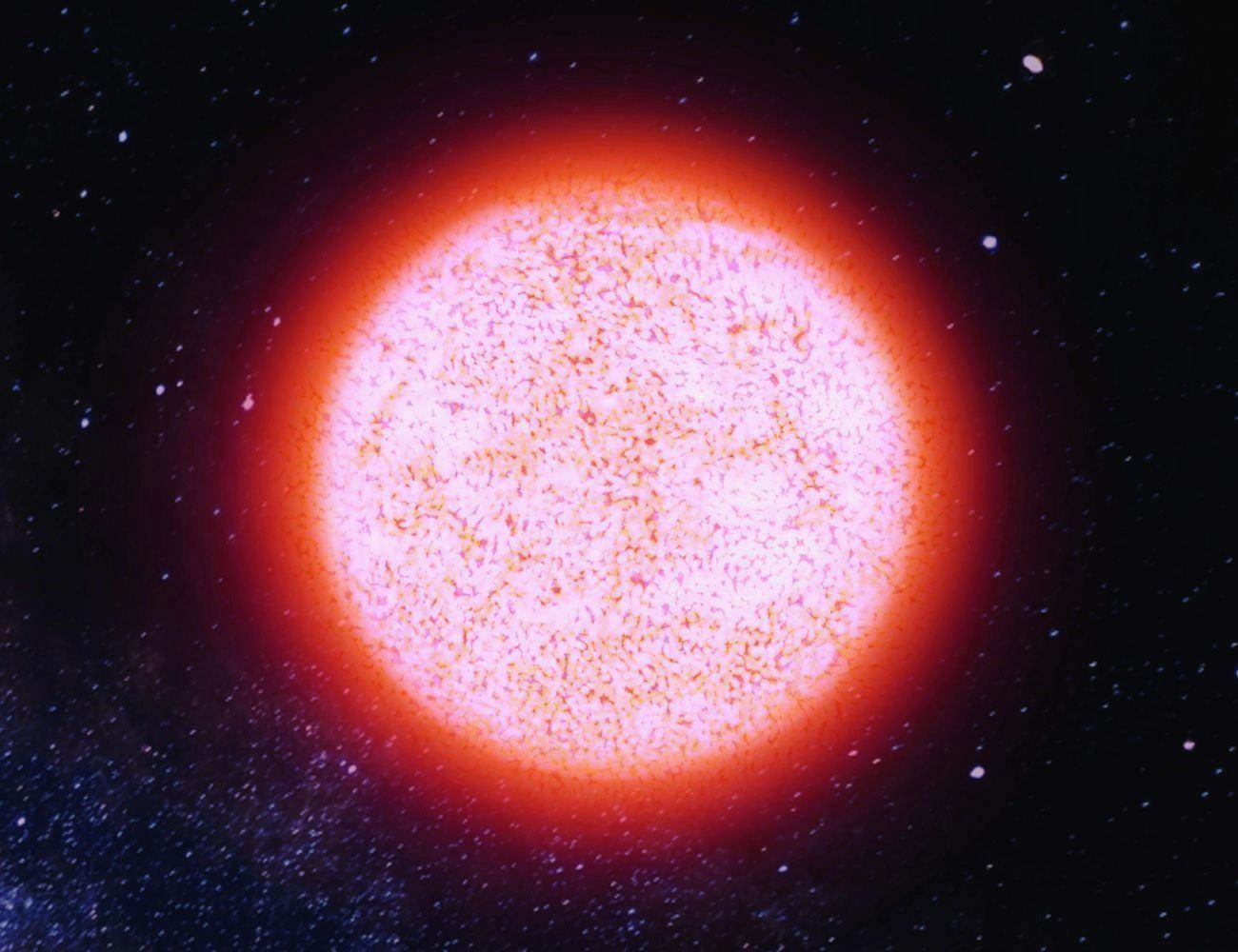Stars go through a variety of stages of evolution as they travel through the vastness of the universe, culminating in dramatic events that have the potential to transform the universe. The red giant phase is a transformative time in the life cycle of a star, and it is one of the events that can occur. But what exactly does this imply for the planet Earth that we live on? Will it make it through the enormous red worm? Let’s investigate this fascinating issue.
Before we can begin to comprehend what will become of Earth when it collides with a red giant, we need to get a firm grasp on what exactly a red giant is. A red giant is a specific form of star that has run out of hydrogen fuel at its core, which has caused it to expand and cool down as a result. As a result of this expansion, a star might potentially grow to be hundreds or even thousands of times larger than its initial size. For example, in around five billion years from now, it is anticipated that the Sun will develop into a red giant.
The outer layers of the star undergo a phase known as the red giant phase, during which they become exceedingly unstable. This gives rise to massive stellar winds and intense radiation. When the star becomes larger, its expanding outer layers can swallow up any planets that are in close proximity to it. This brings us to the most important question, which is: Will the red giant eventually engulf Earth?
The response to this inquiry is one that is multifaceted and intricate in nature. The prognosis does not look good if we only assess the Earth’s fate in terms of its ability to physically survive. It is very conceivable that the red giant will extend beyond the existing orbit of our planet, so exposing it to the massive amounts of heat and gravitational forces that the dying star would continue to impose. The planet Earth as we know it now would be completely wiped out.
However, it is absolutely necessary to have an understanding that the red giant phase takes place over an extended period of time. The process of the star’s growth and the consequent engulfment of Earth would be a slow one, taking place over a period of millions of years. This enormous amount of time gives humanity the chance to evolve and perhaps establish a new home somewhere else in the universe.
In addition, it is important to emphasize that it is not a given that a red supergiant will one day devour the Earth. This outcome is not predetermined. In certain instances, the outer layers of a star may shed in a manner that is not as spectacular, leading to the formation of a planetary nebula while exposing the star’s core. In these kinds of hypothetical situations, it is not out of the question that Earth may endure as a burned residue, despite the fact that it would no longer be habitable.
Despite the fact that these scientific facts are true, the mere thought of the Earth surviving in the presence of a red giant raises significant concerns for the continued existence of our species. If we want to be sure that mankind will be around for a long time in the future, we have no choice but to accept the necessity of space exploration and colonization. By exploring the space beyond our home planet, we can safeguard the continuation of our species and break free of the confines imposed by the inherent limits of a star’s lifespan.
It is important to emphasize that the red giant phase is an unavoidable conclusion to the process of star evolution, which takes place over huge periods that are incomprehensibly long compared to the span of human existence. Thinking about what will happen to Earth can be a very sobering experience, but it also highlights the fleeting nature of our planet’s life and the importance of making plans for the long run.
In conclusion, the red giant phase provides an extremely significant obstacle for the continued existence of Earth. Our planet would become uninhabitable as a result of the growth of the star and the inevitable engulfment of it by the star. Nevertheless, the future of humanity cannot be contained inside the confines of a single world. Exploration of space, colonization of other worlds, and the search for more hospitable conditions are all things that we need to do if we want to ensure our own survival in the future. In this way, we can safeguard the continuation of our species’ existence and ensure that it continues to make progress, even in the face of cosmic disruptions such as the red giant.
![]()
